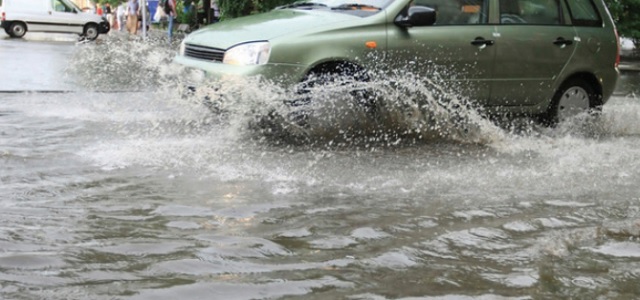
Kampala, Uganda | MOTORING GURU | Do you know the best precautions to take and how to practice safe driving in the wet weather? Here are some tips can add on your list:
Before driving:
• Make sure all vehicle lights are working properly: headlights, tail lights, brake lights, signal lights, daytime running lights, high beams, interior lights. Seeing and being seen at all times is an effective means of making your presence known to fellow motorists and for standing out from dull, grey conditions and surroundings.
• Make sure windshield wipers are working and in good condition. Driving well is all about vision. To that end, good quality wiper blades are essential to driving well in the rain. Wipers require periodic inspection for cracks and wear that reduces their ability to swipe the glass clear. If the wiper blades are cracked or worn, replace them immediately.
• Make sure your car horn is working.
• Check your brakes.
• Check air levels in tires and the tire treads. The right tires are essential to safe driving in the wet. Having properly inflated tires with good treads is sure to help you better stick to the road.
Take note that the first rainy day after a dry spell always produces the slipperiest roads. Be extra alert as rainy weather causes more road accidents.
While driving:
• Brake sooner than you normally would. This gives you extra space between you and the car ahead and gives the car behind you more time to react.
• Headlights must be on when the windshield wipers are in use, even if it is sunny.
• If you feel your car hydroplaning, take your foot off the gas; do not step on the brake. Keep a steady grip of your steering wheel and you will feel your car gain traction again.
• Drive at a slower speed and drive with more space between you and the car ahead. Excessive speed for conditions is by far the greatest cause of rain-related accidents. Slowing down allows your tyres to more efficiently store, then displace the water beneath them, allowing the treads to stay in contact with the road surface to provide maximum grip. It also gives you more time to react, sharpens steering accuracy and shortens braking distances.
• Turn off cruise control when water begins to pool on the tarmac, and manage the throttle yourself. Having a foot already on the pedals sharpens the driver’s reaction times. If the tires hydroplane with the cruise turned on, the car could actually accelerate when grip is regained.
• Avoid running water. If the road ahead is under water, don’t try to drive through it unless you can see the roadway underneath; never attempt driving through it if water is rushing over the roadway. Remember, modern cars bristle with electronic technologies, and it doesn’t take much water to render them inoperable.
• Dry your brakes. Driving through standing water will soak your brakes, leaving them virtually ineffective until they can be dried. By driving slowly once you’re out of the water and applying the brakes gently, you can generate enough heat to dry them rather quickly. Satisfy yourself that each brake is pulling evenly before resuming higher speeds.
• Pull over and wait it out. If it’s raining so hard you have difficulty seeing the road surface or vehicle ahead of you, avoid the temptation to press on. Pull over well off the road or, preferably, into an adjacent roadway or parking lot. Turn on your flashing hazard lights and wait for the worst of the storm to pass before proceeding further.
 The Independent Uganda: You get the Truth we Pay the Price
The Independent Uganda: You get the Truth we Pay the Price


